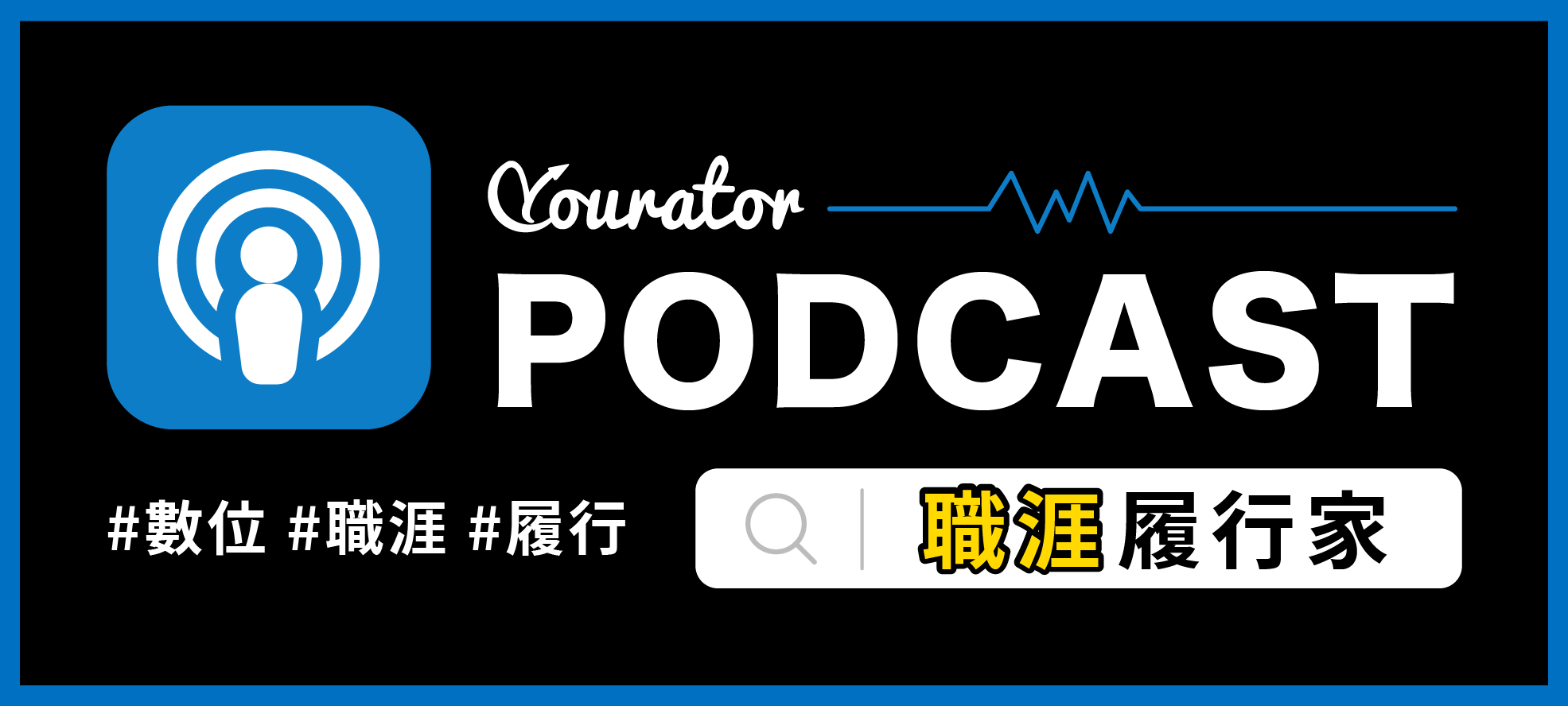As a job seeker, you've likely experienced the agonizing period of waiting after submitting your resume. It's not that HR personnel are intentionally ignoring you, but that they only read in detail those candidates whose highlights seem suitable for advancing to an interview.
Therefore, to gain a better chance to land the job, the primary task is to capture their attention with your resume, allowing them to discover your strengths.
In this article, the experienced recruitment team JobMenta from Yourator shares 4 resume tips with you.
Content:
- Tip 1. The Prerequisite for a Good Resume: Avoid Basic Errors
- Tip 2. Resume Layout: Let HR Hear Your Story
- Tip 3. "Embed Keywords" in Your Resume, Actively Guide the Reading
- Tip 4. Provide Examples and Showcase Achievements
Tip 1. The Prerequisite for a Good Resume: Avoid Basic Errors
If your resume isn't neat and concise, the reader might skip it entirely. Therefore, to make your resume comfortable for HR to read, a tidy layout is an essential prerequisite.
To make your resume easy to read, pay attention to the following points:
A. Appropriate font and consistent format
The key to choosing a font is "readability" rather than "aesthetics". While meaty and cursive fonts may look pretty, they can't match the simplicity of Times New Roman or Georgia. For HR professionals who need to review hundreds of resumes a day, overly elaborate fonts can be visually overwhelming; simple fonts are the way to go.
After selecting a font, ensure consistency. It's best not to use more than two types of fonts in the same resume, as this can create visual chaos. If you want to distinguish specific elements (e.g., job titles), use underlining or italics for emphasis rather than changing the font.
B. Headings and bullet points
To help HR quickly find the sections they want to read, headings must be clear. Use subheadings appropriately to make the resume structure more defined.
To facilitate reading, avoid using too many narrative sentences. For parallel content with short lengths, it's recommended to use bullet points, which is a lot easier to comprehend. For example, personal skills can be written in this way:
- Proficient in Illustrator, Photoshop
- Fluent in English and Japanese
- Basic video editing skills
C. Watch out for typos, punctuation, and alignment
This is the most basic of basics. These are fundamental skills needed in every job. If there are errors in these areas, you're essentially giving the HR personnel a clear reason to reject you. No matter how impressive the other content may be, it might not compensate for these fatal errors. Be extremely cautious about this.
Tip 2. Resume Layout: Let HR Hear Your Story
The storytelling aspect is about creating coherence between your education, experience, and achievements. Rather than simply listing your experiences one by one, a coherent narrative can increase HR's willingness to continue reading and allow them to better understand your growth trajectory and even piece together your characteristics.
So, how do you create a storytelling layout? Try thinking from the reader's perspective:
-
If you studied a certain major in university, was your internship during college related? If not, what value did the cross-disciplinary internship bring?
-
Were the skills acquired during your internship applied in your subsequent jobs?
-
Did your achievements at work have any impact on your career?
From this, we can see that when writing a resume, a "timeline" is the most logical layout method, as it naturally creates a story flow. If you have gaps between jobs that are difficult to explain, you might consider using other layouts.
➤ Related Articles: Avoid These 3 Common Mistakes When Writing Your CV/Resume!
Tip 3. "Embed Keywords" in Your Resume, Actively Guide the Reading
To increase efficiency, many experienced HR professionals automatically catch "keywords" when reading resumes. Since resumes always contain positive, direct statements, finding the keywords in a paragraph allows them to infer the meaning of the entire section.
For example, if you write this:
Responsible for managing Project A, by implementing Method B, and through weekly discussions and adjustments with the team, successfully achieved the expected Result C
the reader only needs to see the words A, B, and C to understand what you're trying to convey.
Therefore, to prevent HR or headhunters from missing content in your resume, you need to actively "embed keywords" for them to catch. As long as they notice the keywords, that section has succeeded.
-
"I get along well with people, have never had conflicts with colleagues, and customers are often satisfied with my service"
-
→ "I am diplomatic in my interactions; I collaborate smoothly with colleagues in the department and maintain stable cooperative relationships with customers"
-
Tip 4. Provide Examples and Showcase Achievements in Your Work Experience
Of course, listing the work you've done and the responsibilities you've had on your resume indicates that you have experience and ability in these areas, and you're confident in continuing to apply these skills. However, this approach creates a problem: HR will struggle to find your "highlights" when reading.
When you apply for a job, you'll have many competitors, so simply listing your job duties is not enough, as others have likely done the same tasks. Therefore, to stand out among numerous candidates, you must write about your "achievements". Your achievements are not only competitive advantages but also serve as more concrete endorsements of your abilities.
-
"Expanded the company's business scope"
-
→ "During my tenure, expanded the business scope to 150 small and medium-sized enterprises nationwide, which is 300% of the original"
-
-
"Organized physical events"
-
→ "Organized quarterly X physical events, each time quickly reaching the target number of participants and bringing an average of N dollars in revenue for the company per event"
-







